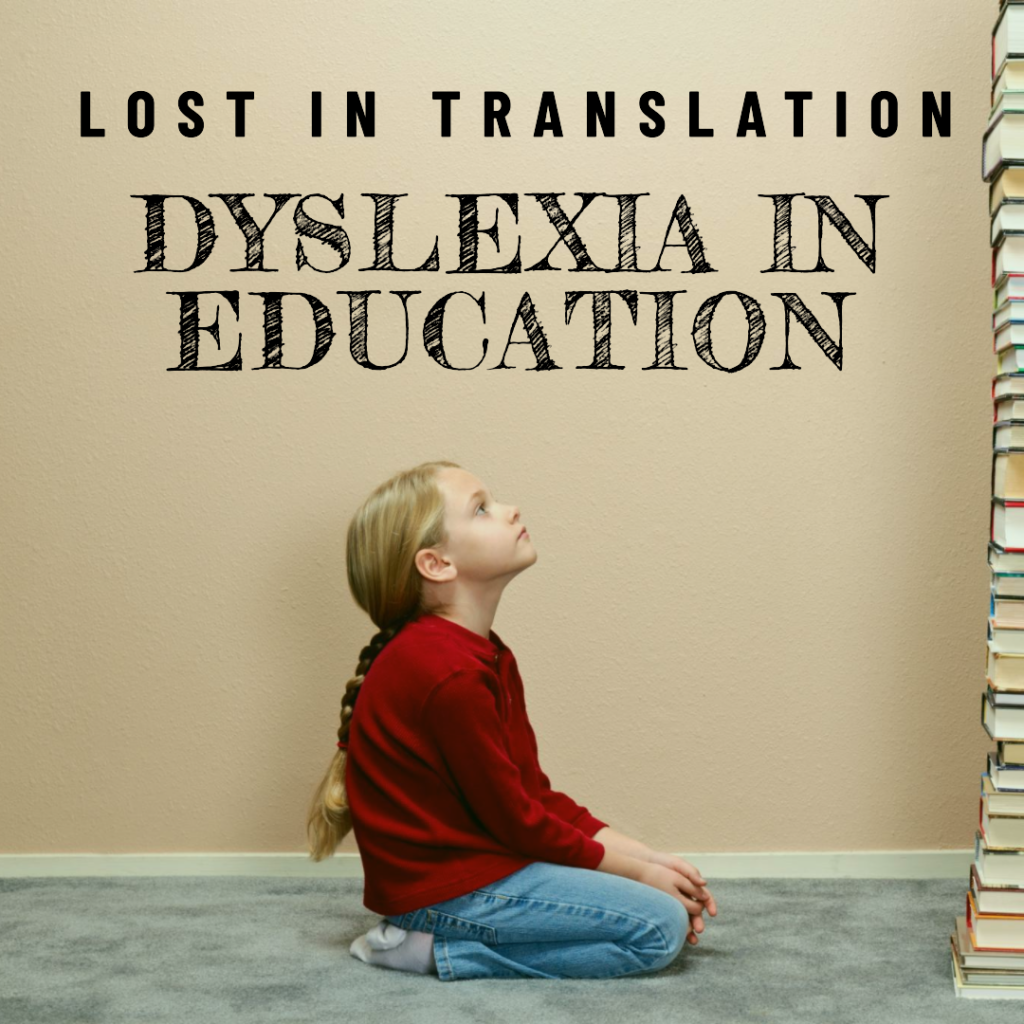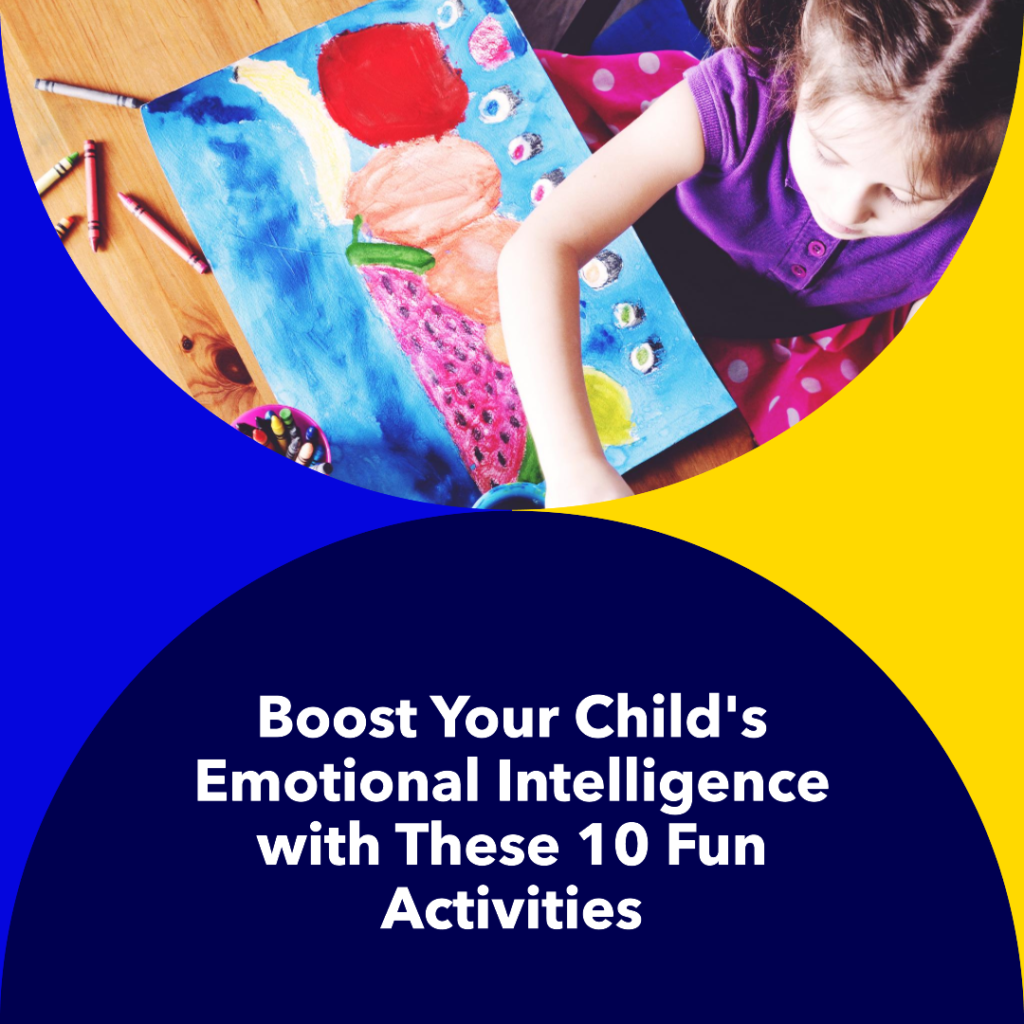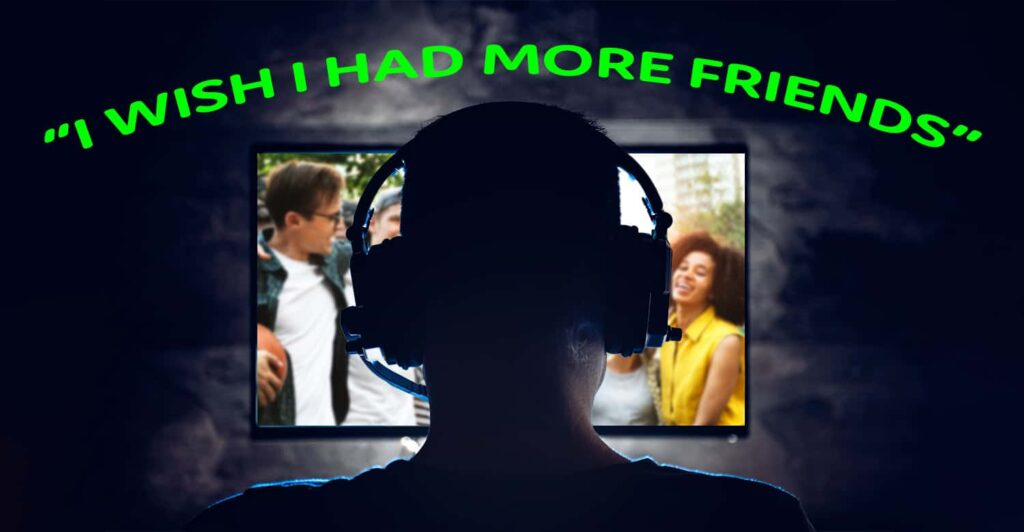
In today’s fast-paced world, it seems like attention deficit hyperactivity disorder (ADHD) has become a catch-all term to describe any child who exhibits difficulty focusing or staying still. However, what if I told you that many cases of supposed ADHD are misdiagnosed? What if I told you that some of these symptoms could be better understood as a coping mechanism rather than a neurodevelopment disorder?
Before we delve into this controversial topic, it’s essential to acknowledge that ADHD is a genuine condition that affects numerous individuals. However, it is equally important to recognize that misdiagnosis is a real concern, especially when some symptoms of ADHD could be confused with a trauma response. Understanding the differences between the two can shed light on potential misdiagnoses and lead to better treatment approaches.
The 3F’s
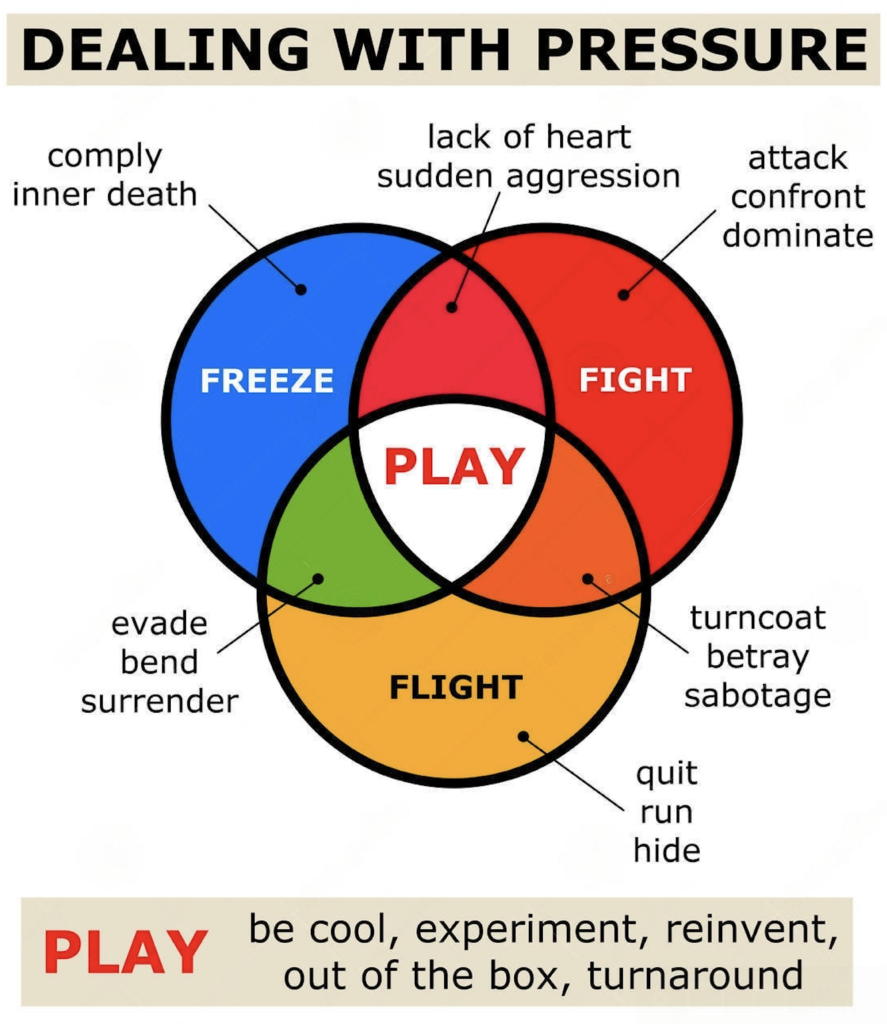
When we encounter stressful situations, our brain activates one of the three possible responses: fly, fight, or freeze. These responses are innate survival mechanisms that help us navigate threats. Children with a history of trauma or adverse experiences may exhibit symptoms that resemble those associated with ADHD. For instance, the “fly” response manifests as hyperactivity and impulsivity, while the “fight” response can lead to aggression and oppositional behavior. The “freeze” response may cause inattentiveness, zoning out, and daydreaming.
It’s crucial to recognize that trauma can deeply impact a child’s behavior and attention span. Instead of hastily labeling them as having ADHD, we must consider the possibility that they are responding to their life experiences. By addressing the underlying trauma and providing appropriate support, we can help these children thrive.
However, misdiagnosing ADHD is not solely the fault of medical professionals. Modern parenting practices and the increasing demands of our society play a significant role. Parents often find themselves with less time to spend with their children due to work commitments and the pressure to provide. In an attempt to protect their kids from the world’s problems, parents may inadvertently create a gap in emotional connection.
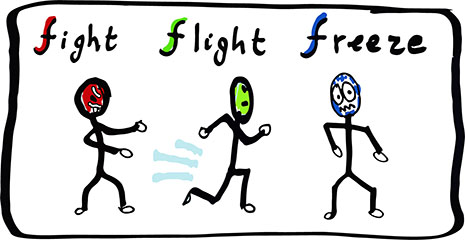
This is where online gaming often steps in. In a world filled with virtual adventures and online communities, children find solace and escape from their daily struggles. While online gaming can be entertaining and offer temporary relief, it also has the potential to isolate children and hinder the development of crucial social skills. The constant engagement with screens replaces meaningful face-to-face interactions, making it harder for kids to navigate real-life relationships.
So, what can we do as parents to differentiate between ADHD and a trauma response?
How can we foster healthy coping mechanisms and ensure our children develop the necessary social skills for a well-rounded life?
List of practical tips
- Observation and dialogue:
Pay close attention to your child’s behavior and try to have open and honest conversations with them. Maintain an open honest channel between you and your children since childhood. Create a safe space where they feel comfortable expressing their emotions and experiences without being constantly judged . Encourage them to share their thoughts and feelings, and actively listen and promote a logical solutions.
- Avoid Gaslighting:
Many parents, instead having a meaningful conversation with their family, choose as a fast solution gaslighting all people around them, burning bridges and possible early problematic behavior detection, forcing children to hide their emotions and concerns. Even though conversations, and explanation takes time and multiple reinforcement along the way, is the only consistent way to avoid the 3F in your children. Gaslighting with just add more of escaping and coping mechanism and will eventually produce an unbalanced and unhealthy relationship.
- Seek professional guidance:
If you suspect ADHD or trauma may be influencing your child’s behavior, consult a qualified healthcare professional. A comprehensive professional evaluation that considers their medical history, psychological well-being, and environment can help determine the most appropriate course of action.
- Promote healthy coping mechanisms:
Encourage your child to engage in activities that support emotional regulation and stress management. This could include mindfulness exercises like meditation and breathing techniques, physical activities, creative outlets, or spending time in nature. By teaching them healthy coping mechanisms, we empower them to navigate life’s challenges more effectively.
- Balance screen time:
While technology has its benefits, it’s important to set boundaries around screen time and encourage alternative activities that foster social interaction and face-to-face communication. Encourage your child to engage in hobbies, sports, or join community groups that align with their interests.
The reality is the rising number of ADHD diagnoses raises concerns about potential misdiagnoses. Understanding that some symptoms could be mistaken for trauma responses allows us to approach the issue with more nuance and empathy. By actively engaging in our children’s lives, promoting healthy coping mechanisms, and striking a balance between online and offline experiences, we can provide the support they need to thrive.
Let’s remember that every child has their own story, and their behaviors should be viewed through a realistic lens. Together, we can create an environment that nurtures their emotional well-being and equips them with the tools to overcome life’s challenges, whether they are grappling with ADHD or responding to trauma.





